Have you ever thought about turning your hobby into a business? Jessica Biscoe is a crafter and blogger who sells her wares at www.jessicabiscoe.co.uk. She’s temporarily taking over the Let’s Knit blog with some advice for starting your own online company.
Hi everyone - it’s Jess here from Jessica Joy. Selling products online is where my little business started and it has evolved and opened up a lot of interesting new avenues for me. I’ve learnt countless lessons along the way, so here’s my set of essential tips to help you start out on the right foot.
So you’re thinking of starting an online crafty business - good for you! There’s no greater pleasure, I think, than earning money doing something you love.
Tax and self-employment: Now, let’s get the nasty bits out of the way first. If you’re looking to make a profit from what you sell (of course you are!) you will need to make sure you are doing so legally and take proper advice in regards to your situation. This will depend on whether you are crafting full time, or as a side-line, and how much money you are making from your crafts. Take some time to look at these resources and make enquiries early on.
Research: It’s very important that you do some research before you begin. Take a few minutes to look up your chosen trading name to see that it isn’t already taken. Look up the sorts of products you want to sell and get a feel for how others in your industry are marketing themselves, and the prices they charge. Is there anything you can do differently, or better, to set yourself apart? Write down a few key words that express the values of your business and the sorts of customers you want to attract. What do they like, what blogs and magazines do they read? These points will help to focus your product development and provide guidelines to work within. If you intend to have your own website, make sure you check that the domain names are available as well.
Pricing: Pricing may seem scary, but it needn’t be. Handmade items takes time, care and skill to produce and this should be properly accounted for in your retail price. Don’t undersell yourself and ensure you include everything that goes into making your creations a reality. Include the cost of materials, packaging, utilities, marketing and selling fees, and most importantly, your time. There are many, many pricing formulas out there and once you find one that works for you, and set your hourly rate, pricing will be a breeze.
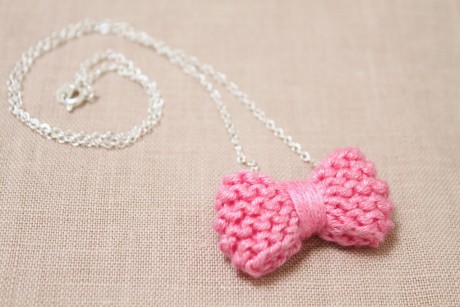
Products: Spend some time thinking about what you’re going to sell. Having a carefully curated and complementary line of products will ensure your shop appeals to the widest possible audience. Maybe you have a few larger, more expensive items that are real investment pieces for your brand and a range of smaller, more accessible items that are your regular sellers. Try to develop your range seasonally to appeal to fluctuations and keep your shop fresh. If the marketplace is becoming saturated, consider other ways to offer your skills - can you sell a knitting pattern, or kit, as well as the finished knitted item, for example?
Cohesion and branding: The single most important thing I’ve learnt over the years is to be consistent with branding. Decide upon a small set of colours, fonts, and even textures that represent the ethos and feel of your business and use them wherever you can, particularly in your logo. Does your brand have a minimal, kitsch or earthy feel to it? Sticking to your chosen qualities will make you recognisable at a glance. Try to incorporate these aesthetics into your product photography as well. If you find a particular background texture works well against a product, work it into the whole range and this will create visual cohesion across your shop.
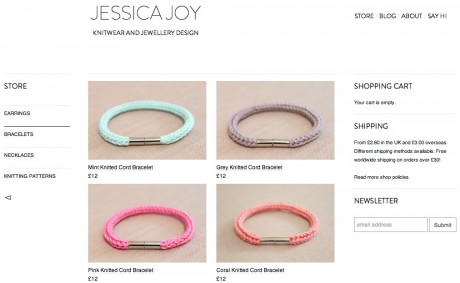
Photography: When selling online, photos are the first thing buyers use to connect with your work. There are a few things you’ll need for good photography - the most important, surprisingly, isn’t a fancy camera - but lots of natural light! Set up your shots in front of a large window or open door and avoid direct sunlight. A bright overcast day is perfect. If you do have a fancy camera, that’s great, but a basic digital camera will do just fine. I’ve even seen amazing product photos taken with an iPhone! Make sure the shots are in focus and taken against a background that won’t distract from the item. A pretty (wrinkle free) piece of fabric, or two sheets of card make a nice starting point. If you want to go the extra mile, lifestyle shots can really help the customer to visualise how your gorgeous wares will fit into their life. Have a look at these product photography tutorials on my website for some extra tips!
Where to sell: There are low cost solutions like Folksy and Etsy, where you are responsible for your own marketing and promotion, on the whole. These are good starter options if you want to test the market and reach an established audience. You might want to consider setting up a shop on your own website. You’ll have complete control over the cost and how it looks, but you will be responsible for generating traffic to your shop. No problem if you have a burgeoning blog to support it! There are also outlets which require a joining fee, which might be worth considering later down the line as you expand.
Networking and community: Now, where’s your party hat? You’re all set up and ready to mingle! Put yourself and your wares out on display and let people get to know you. Tell the story of your business and allow them to have a glimpse into your working process, your studio or maybe even your sketchbook. A blog is a great place to do this and will provide a hub for customers, journalists and potential stockists to find you. Social media is fantastic too. Consider using Instagram, Pinterest, Twitter and Facebook to promote your products - whichever you feel comfortable using. You’ll be surprised where these conversations will lead you.
Above all, make sure you have lots of fun, experiment continuously, and say yes to things that scare you. You can do anything you put your mind to.




_333_180_c1.png)

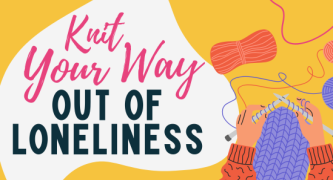
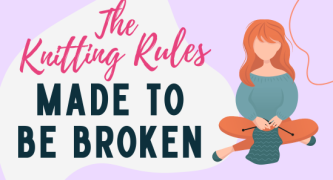
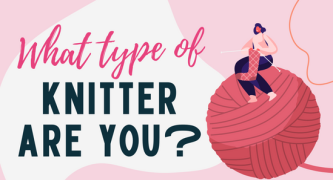

 Baby
Baby
 Toys
Toys
 Garments
Garments
 Crochet
Crochet
 Homewares
Homewares
 Dolls
Dolls








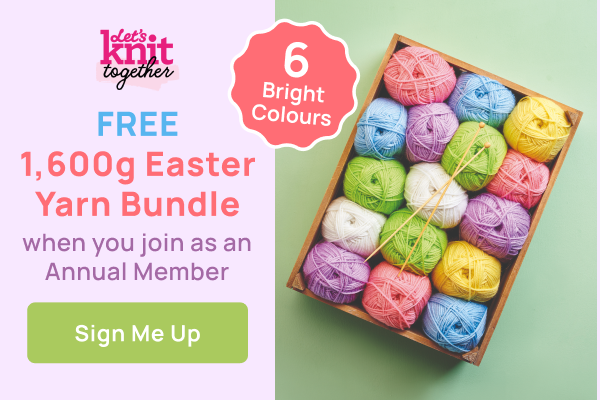
Share